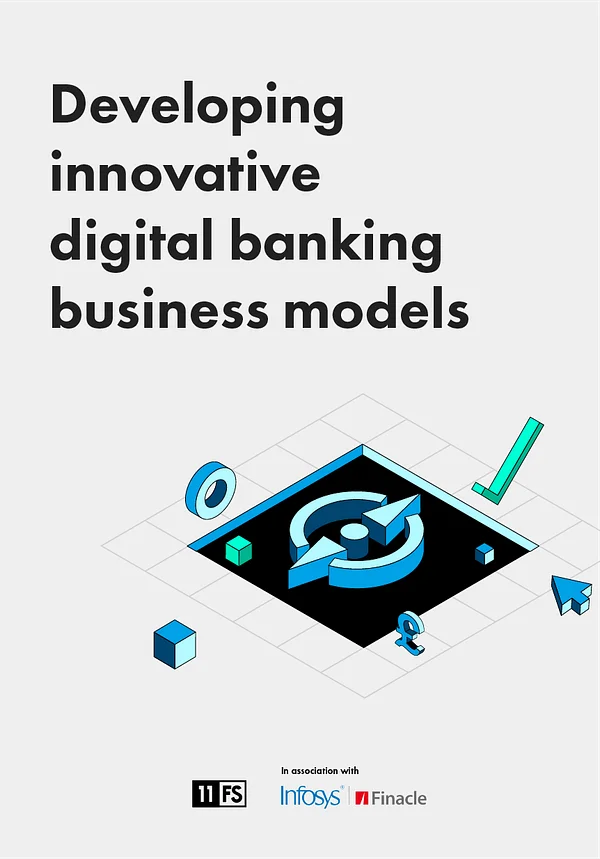Jeff Tijssen has spent his entire career in financial services and worked at many major banks before coming on board at 11:FS. He’s our Head of Consulting and you may have heard him on a few of our Fintech Insider podcasts or know him from working with us on one of our many secret projects.
I took a moment to sit down with Jeff and talk to him about transforming big business, where the pain points are for the big businesses and why it matters.
15 years in financial services, first working as a private banker in M&A before moving on to consulting, makes for an individual with a great deal of relevant experience in digital banking. Especially when the last 10 of those years was spent exclusively focusing on digital space. Jeff understands why banks are cautious about the push to transform and digital risks when things have been so good for banks for decades.
Why transform now?
Banking has had a relatively easy ride for decades. There were no real competitors to the big institutions, a high barrier to entry, and a captive market. Banks hired legions of experts to create products for customers and only competed with each other. That meant any innovation was to compete with just a few others in the field. ATMs and mobile banking were created to both increase ease for customers but also to cut down costs by closing branches. That’s not true innovation, it’s a cost cutting exercise. In the wake of the 2008 financial crisis public faith in banks hit an all-time low. Banks needed to create products that would encourage customer engagement and solve real problems. Something that banks still aren’t doing.
Post-crisis you need to build products people love - Jeff Tijssen
Minimum loveable product isn’t a buzzword or a project phrase to be thrown around lightly. It means something. Banks need to create smart intelligent services that are capable of solving real issues for customers. It’s why challenger banks like Monzo and Starling are doing so well with their growth rate. Part of that is they’re able to keep their costs to income ratio low and banks need to learn how to do the same.
Money saving moves
As we discussed during After Dark VI, a Monzo current account costs £15 per year to run. In comparison, the average current account for an incumbent bank runs at around £150 per year. Current accounts at incumbent banks don’t appear to be delivering on cost or lovability elements. Big financial institutions need to reconsider their money making models, because while they might still be working for now, before long they’re going to fade away into the distance as challenger banks provide faster, better, and cheaper solutions for customers. Banks currently rely on cutting jobs through branch closures to ensure they hit targets, but it’s not good enough. Closing branches only happens for two reasons, to reduce costs and lack of use, banks need to stop focusing on that time-tested ‘solution’ and figure out ways to affect real change on products so that they can get ahead of competition. If banks fail to transform then they’re going to lose out to the challengers threatening to swallow up their customer base.
Eat your legacy
Legacy systems are a significant part of the problem. They’re so heavy with ancient COBOL code and piled with one process after another that it becomes an impossible mess to untangle and build on. Jeff had the perfect description of it.
Spaghetti Legacy makes it impossible to innovate - Jeff Tijssen
What’s happening right now across the world, in thousands of boardrooms, are banking employees desperately trying to think up a way to combat legacy issues. The problem is, because of the legacy thinking and culture ingrained into their minds, they ‘solve’ the problem the same way every other banking employee has solved a problem for years. After a few workshops and research dives in an innovation theatre, banks build a shiny new layer and stick it on top of the messy spaghetti legacy. It might look good but it’s useless for long-term problems and won't transform anything. But this bloated thinking doesn’t just apply to the legacy systems. Most banks have compliance departments numbering thousands of people. Digital challenger banks like Monzo are built with a team of 50. It just proves that digital is a small team sport and the days of requiring a massive team to build a bank are over. You need specialists. To get involved with the best digital specialists we know, get in touch hello@11fs.com. We’ll also be bringing you a part two on transformation, telling you how to transform very soon.





.svg)
.svg)





